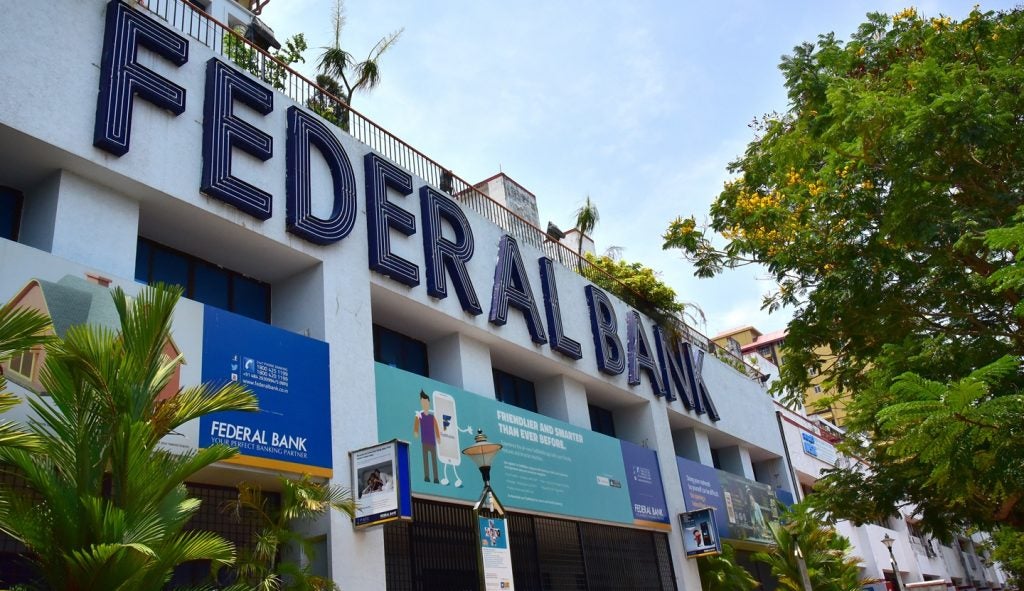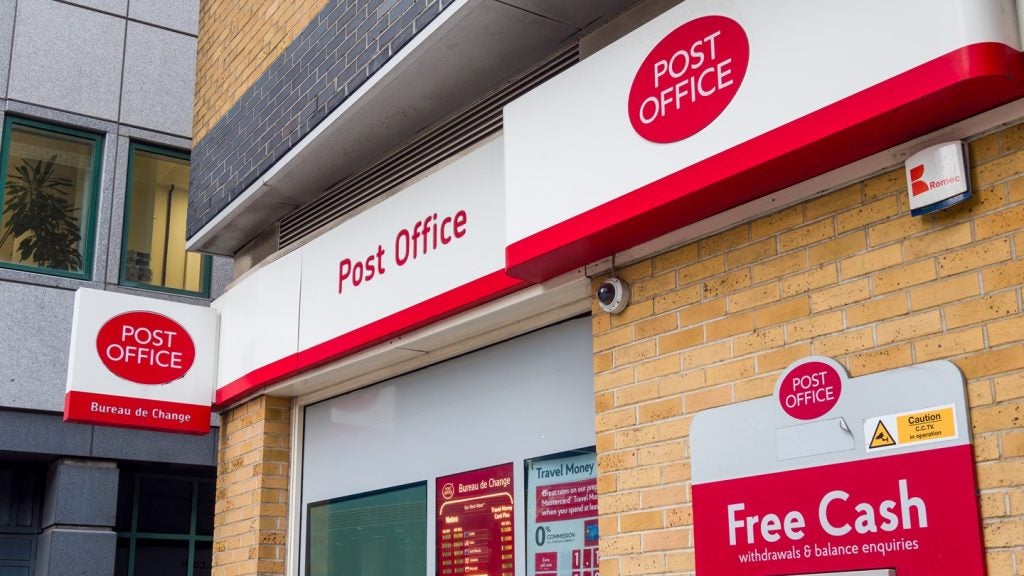The Federal Reserve Board has approved a final rule that requires global systemically important banks, or G-SIBs, to hold an additional $200bn capital cushion to increase their resiliency in light of the greater threat they pose to the financial stability of the US.
The final rule establishes the criteria for identifying a G-SIB and the methods that those firms will use to calculate a risk-based capital surcharge, which is calibrated to each firm’s overall systemic risk.

Access deeper industry intelligence
Experience unmatched clarity with a single platform that combines unique data, AI, and human expertise.
Eight US banks that are identified as GSIBs under the rule include the Bank of America; The Bank of New York Mellon; Citigroup; The Goldman Sachs Group; JPMorgan Chase & Co; Morgan Stanley; State Street; and Wells Fargo & Company.
Under the final rule, estimated surcharges for the eight G-SIBs range from 1% to 4.5% of each firm’s total risk-weighted assets.
The Fed said it expects all eight banks on the list to meet their surcharge requirement by 2019.
Janet Yellen, chair of the Board of Governors of the Federal Reserve, said: "A key purpose of the capital surcharge is to require the firms themselves to bear the costs that their failure would impose on others.

US Tariffs are shifting - will you react or anticipate?
Don’t let policy changes catch you off guard. Stay proactive with real-time data and expert analysis.
By GlobalData"In practice, this final rule will confront these firms with a choice: they must either hold substantially more capital, reducing the likelihood that they will fail, or else they must shrink their systemic footprint, reducing the harm that their failure would do to our financial system. Either outcome would enhance financial stability."






